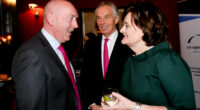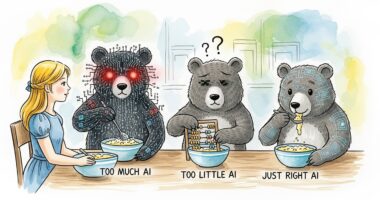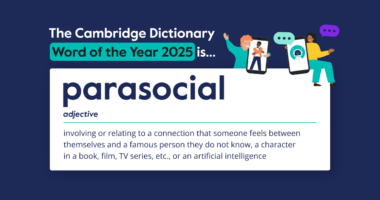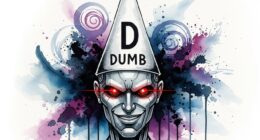Two former White House economists have declared that artificial intelligence investment shows the hallmarks of a speculative bubble, warning that its inevitable bursting could trigger a recession comparable to the dot-com crash of 2001.
Jared Bernstein, who chaired President Biden’s Council of Economic Advisers from 2023 to 2025, and Ryan Cummings, who served the council as an economist from 2021 to 2023, argue that AI investment has become persistently detached from plausible profit generation, reports The New York Times. Venture capitalists have invested nearly $200 billion in the sector this year alone, whilst data centre investment has tripled since 2022.
The economists point to stark mismatches between investment and revenue. OpenAI says it needs at least $1 trillion to invest in data centres, yet the company’s revenues are expected to reach just $13 billion this year. Since ChatGPT’s debut in late 2022, the S&P 500 has swelled by nearly two-thirds, with seven firms heavily invested in AI driving more than half that growth.
Shares of AI chipmaker Nvidia are trading at roughly 55 times earnings, nearly double their level from a decade ago. The share of the economy devoted to AI investment is nearly a third greater than the share devoted to internet-related investments during the dot-com bubble.
The economists acknowledge uncertainty about timing, noting Microsoft chief executive Satya Nadella recently said: “I hope we don’t take 50 years.” However, they remain sceptical that AI will generate promised economic benefits quickly enough to justify current investment levels.
A bursting AI bubble would impact more than the trillions being invested in the technology itself. Using data from economist Mark Zandi, the authors found that over the past two years, real consumer spending rose 17% for the wealthiest households who disproportionately hold stocks, but remained flat for the middle class. They estimate the AI wealth effect is boosting current real GDP growth by about 0.4 percentage points, or just under $100 billion.
The economists offer limited reassurance that damage would not approach the carnage from the 2007-2008 financial crisis. Debt appears less distributed in global finance, and risks are not obviously underpriced. Prominent borrowers like CoreWeave are paying 9% on their debt, well above the current risk-free rate on 10-year Treasuries of around 4%.











